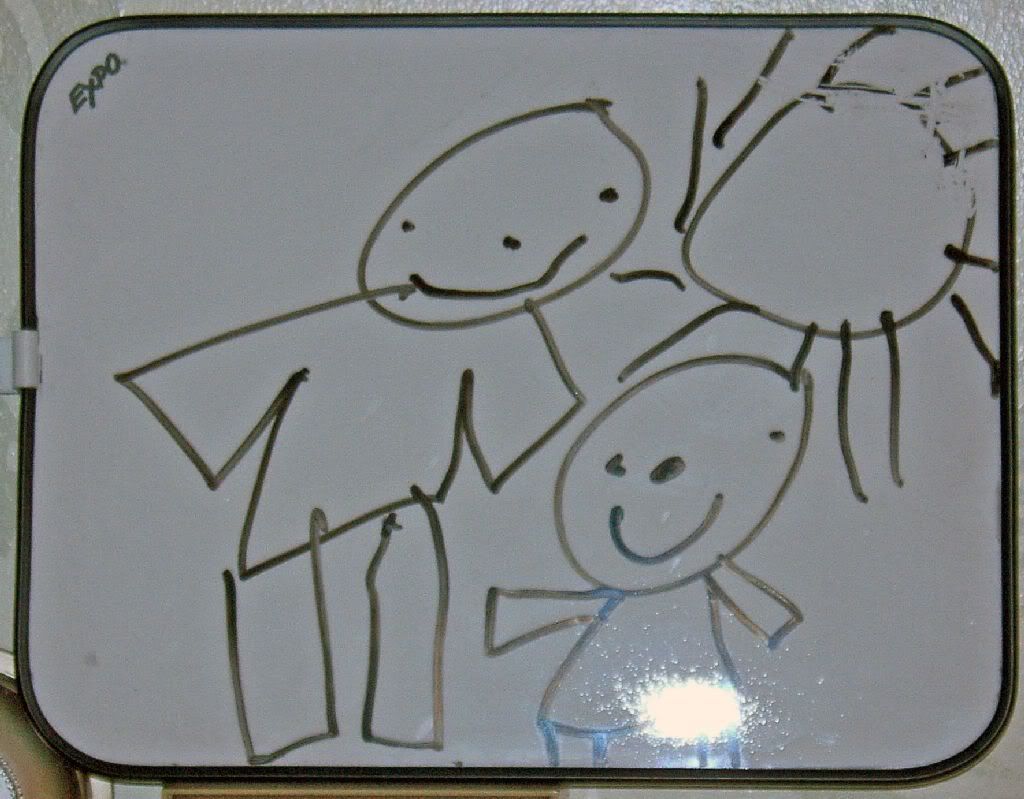A "motion" is a document to get the court to "move" or decide a particular matter. A motion starts with a caption, naming the parties (people getting divorced), the court, the case number, and the title of the motion. It describes what is wanted, and in legal terms why. It is signed by a lawyer with his bar number or by a party followed by "(Pro Se)" as in representing yourself.
Typically a motion requires supporting evidence in the form of an affidavit (sworn and notarized statement) from the party to certain facts. This might start by you telling your lawyer something in plain English and then the lawyer drafting carefully worded sentences layering a single fact on top of the previous sentences' facts until all facts build to the required information needed to support the motion. Since it is usally the party that has the first hand knowledge of the supporting information, it is the party that must sign the statement. It is inappropriate for a lawyer to take a statement from a client and then sign the affadivit although I saw the hired bitch attempt to do that.
To be fair, all relevant parties must be notified, so a certificate of service must me attached to the motion. This is a sworn and notarized statement by the "mover" that a copy of the motion and related documents have been sent to the parties. The parties must be named and the method of service must be described, such as regular US postal mail, fax, personal delivery, etc. Some lawyers (hired bitch) like to play games by serving by fax after the office closed, Friday at the end of day, or by armed sheriff. These are meant as aggravation and harassment techniques to pressure the opponent to settle under less favorable terms, they are designed to wear you out, and are tolerated by the courts. Typically the lawyer rather than the actual party is notified and the lawyer notifies his client. But I have had armed sheriff's serve me at my home, to scare my son and the neighbors. They were also sent to my workplace, my brokers office, and my banks which is meant to cause trouble with people you deal with.
In divorce court, the judges rarely write the (asswipe) order. The moving party writes the order for the judge as a convenience. Blanks are left for dates and signatures. The judge will then decide whether to rule on the motion or hold a hearing, requiring the lawyers and the parties to appear in court where he can hear arguments by the lawyers while the parties sit outside in the hall like assholes, loosing money and missing work. The parties are there for the convenience of the judge in case an agreement is suggested to get the approval of the parties. And after you sit out in the hall for a few hours in extreme boredom and then hear your lawyer come out with his sugar coated turd explanation, you are almost ready to agree to anything just to get out of that hell hole twilight zone. Most judges do not want to call the party in to hear directly from them because they don't have the required judicial (kiss each other's ass) decorum.
So those items are taken to a clerk of courts who grabs them, two punch holes them, stamps them with various stamps and may take a filing fee. All with the precision and personality of a robot.
Then a copy of those documents usually with a cover letter meant to be cold and intimidating is sent to the other party's lawyers as required by the certificate of service.
So that's my task at hand for the motions I described in my MSNY post below.
Saturday, January 05, 2008
Subscribe to:
Post Comments (Atom)


No comments:
Post a Comment